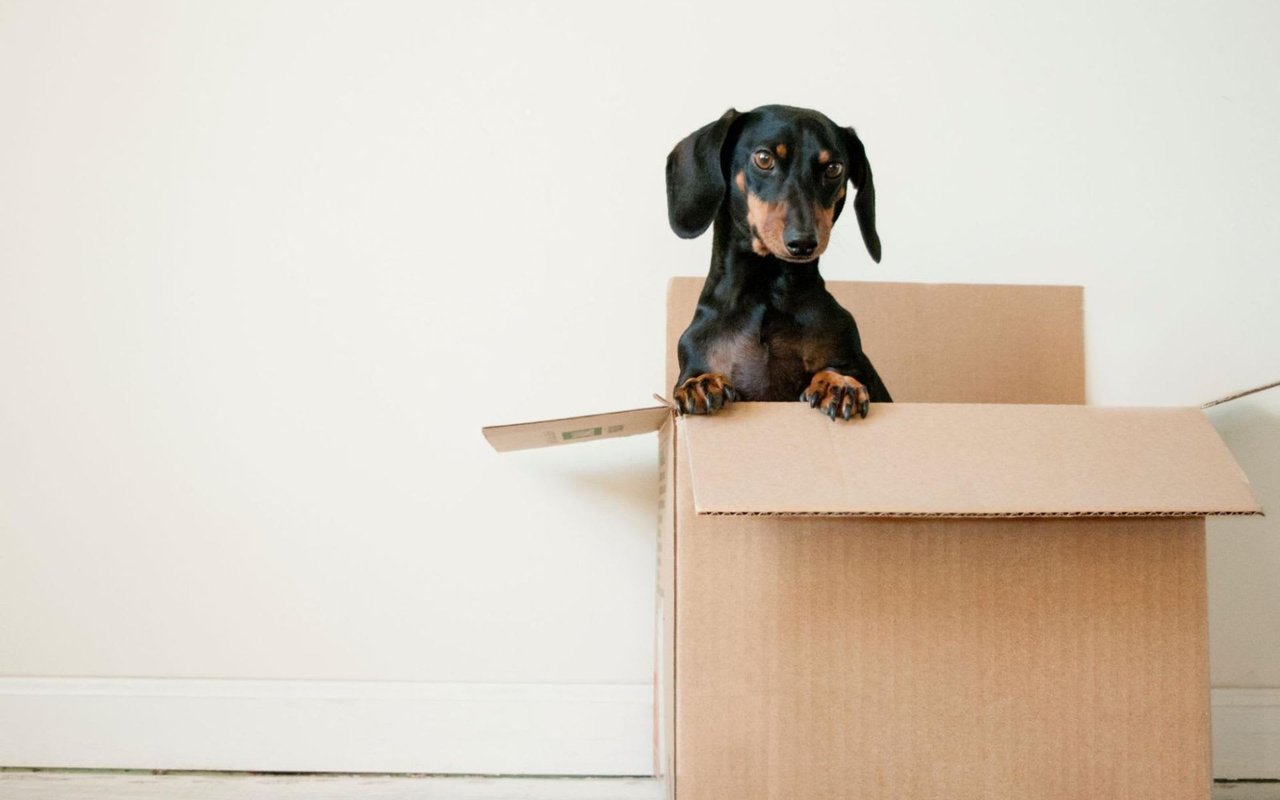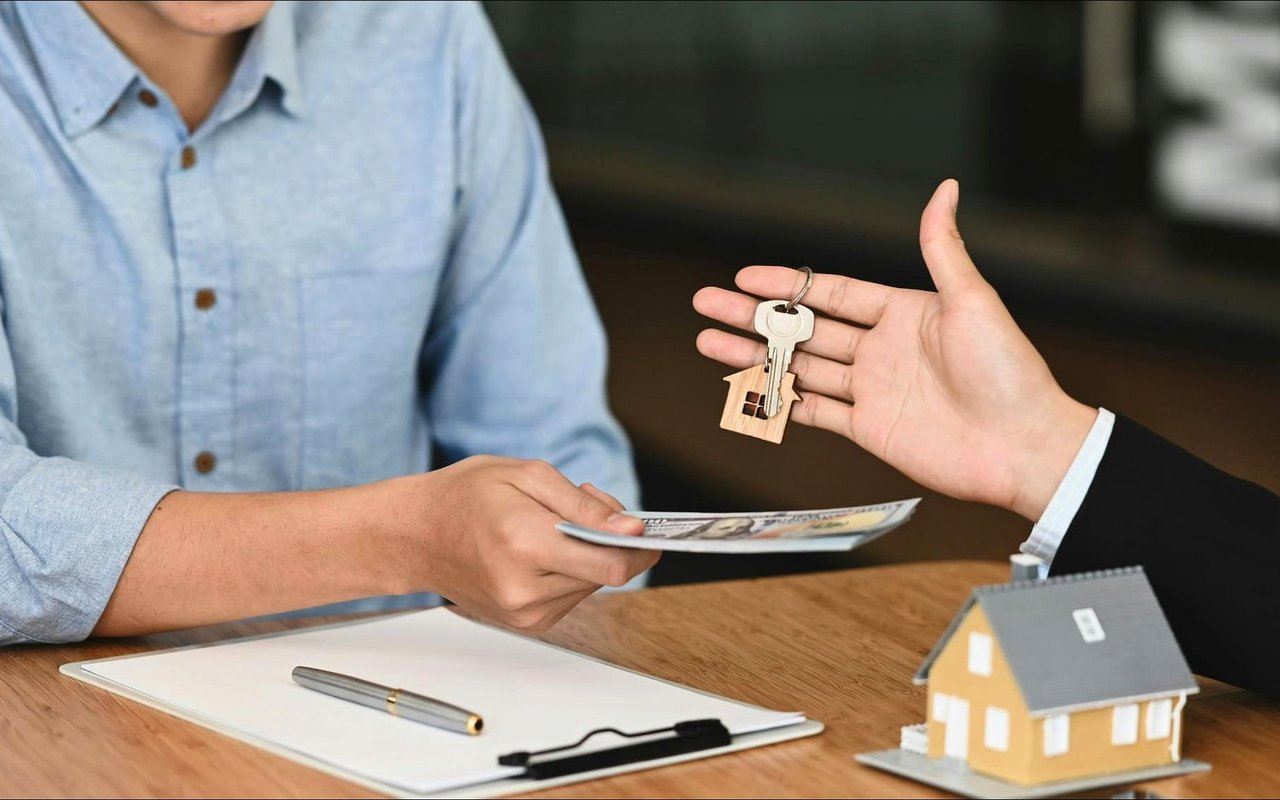Moving to a new home can be both exciting and challenging, especially when pets are involved. Whether it's a dog, cat, or other beloved animal, pets often require special attention and care during the moving process. By planning carefully and taking a few additional steps, pet owners can make the transition smoother for both themselves and their furry friends. Here are some essential tips to help make moving with pets a successful experience.
Prepare Your Pet for the Move
One of the most important steps in moving with pets is preparing them in advance. Pets are sensitive to changes in their environment, and they may pick up on your stress during the moving process.
Introduce Packing Gradually
To avoid overwhelming your pet, start packing gradually instead of all at once. Introducing boxes and packing materials slowly allows your pet to become familiar with the changes over time. This is particularly helpful for cats and dogs, who may get anxious when their surroundings are altered suddenly.
Maintain a Routine
Pets thrive on routine, so it’s essential to keep their daily schedule as consistent as possible during the move. Try to feed them, walk them, and play with them at the usual times, even if other aspects of your schedule are disrupted. This helps reassure them and maintain a sense of normalcy.
Consider Pet Travel Arrangements
Moving day itself can be chaotic, and figuring out how to safely transport pets is essential. Here are some key considerations for ensuring your pet's safety and comfort during the move.
Arrange Safe Transportation
If you’re driving to your new home, make sure your pet has a comfortable and secure place in the car. Dogs may be used to car rides, but cats and smaller pets often aren’t, so plan for adequate carriers and harnesses. If your move involves air travel, check the airline's pet policies in advance. Make sure you have a pet-friendly crate that meets the airline's specifications.
Take Breaks on Long Trips
For longer journeys, plan for regular breaks to allow your pet to stretch, hydrate, and relieve themselves. Dogs, in particular, need opportunities to get out of the car, walk around, and burn off some energy. Cats and other smaller pets may need water breaks, so bring a portable bowl and extra water to keep them hydrated.
Prepare an Overnight Kit for Your Pet
Packing an overnight kit specifically for your pet can make the first few days in the new home easier.
Essentials to Include
This kit should include:
- Food and water bowls
- Enough pet food for a few days
- Bedding and a few favorite toys for comfort
- Litter and a litter box for cats
- Any medications your pet may need
Having these items on hand ensures that you don’t have to search through boxes for your pet’s essentials right after arriving at your new home.
Set Up a Safe Space in the New Home
Upon arriving at the new home, set up a safe and quiet space where your pet can relax and start getting comfortable. Moving can be an overwhelming experience for animals, so a quiet space away from the main moving area can help them adjust more smoothly.
Create a Familiar Environment
Use your pet’s bedding, toys, and favorite items to create a sense of familiarity. For cats and dogs, this could be a bedroom or a corner of the living room that is blocked off from the rest of the house. This small area gives your pet a safe spot to retreat to if they feel anxious. Slowly introduce them to the rest of the home once they seem more settled.
Help Your Pet Adjust to the New Neighborhood
Once you’ve moved in, it’s important to help your pet adjust to their new surroundings, especially if you have an outdoor pet. Moving to a new neighborhood can mean new sounds, scents, and, in some cases, new rules.
Take Gradual Outdoor Walks
For dogs, it’s beneficial to take gradual walks around the new neighborhood, allowing them to get familiar with their new surroundings. Start with shorter walks and gradually increase the time as your dog becomes more comfortable. If you have an outdoor cat, consider keeping them indoors for a few days to adjust to the new smells and sounds before letting them explore outside.
Update Identification and Microchip Information
If your pet has a microchip or ID tags, make sure to update this information with your new address and phone number. This is especially important if your pet becomes disoriented or tries to return to their previous home. Keeping this information current helps ensure that you can be reached if your pet wanders off.
Settle In with Patience and Positive Reinforcement
As your pet explores their new home and surroundings, patience and positive reinforcement are key. Moving can be a big change for pets, so allow them time to adjust at their own pace.
Use Treats and Rewards
Encouraging your pet with treats and positive reinforcement as they explore their new home can help them associate the new space with positive experiences. For dogs, rewarding calm behavior in new areas or on walks can help them feel more secure. Cats may respond to treats or affection, helping them feel safe and loved in their new environment.
For those planning on moving to Downtown Telluride or simply looking for more tips on pet-friendly real estate options, Eric Saunders can offer expert guidance. Reach out to
Eric Saunders today to explore Downtown Telluride real estate and find a home that both you and your pets will love.










